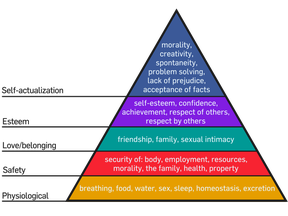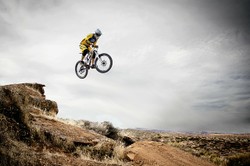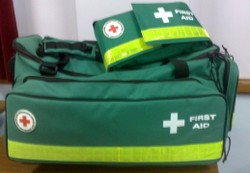Talk. There is no magic book you can put on a bookshelf, Safety is a continual talking process.
That continuing process ensures that your organisation stays changing as the world changes.
You will find yourself ahead of change.
Done right Safety won't be seen as an externally imposed add-on. Members of the organisation will see it as normal risk management in life, just like looking for traffic before crossing the road.
As an example of talking changing the world, let's look at the US Secretary of State John Kerry, during a press interview he made an offhand remark about a rhetorical solution to the Syria crisis with chemical weapon use.
http://www.slate.com/blogs/the_slatest/2013/09/09/syria_chemical_weapons_did_john_kerry_just_accidentally_find_a_workable.html
Instead of just being rhetorical it may actually work, Russia and Syria are suggesting that they could do this.
It would not have happened without this press interview, and possibly a tired remark from the Secretary of State.
But it happened because of talking. Talking changed the world.
At first glance how is Safety involved with this Syrian issue?
It's about predicting the future and diminishing harm. If you are doing that, you're doing Safety.
If you are beginning your journey into Safety issues these tangential types of issues will crop up. And left ignored this is where accidents will happen.
Safety is an everyday part of what every person wants, it should be part of every organisation's needs, every day.


 of Needs.
of Needs.








 We are always wrongon 12/12/2014
We are always wrongon 12/12/2014
 Conspiracies are Realon 03/24/2014
Conspiracies are Realon 03/24/2014
 Workout for the Doleon 02/26/2014
Workout for the Doleon 02/26/2014
 Fiery New Brands for Aussie politicson 02/25/2014
Fiery New Brands for Aussie politicson 02/25/2014


Comments
I see it the same way. We think that safety is always being the same but that can be dangerous. Risk-taking can be a way to keep us safe.
We take a risk to learn how to ride a bike. Perhaps skinning our knees if we did a risk assessment and thought knee pads too expensive and/or awkward. By learning this, by taking this risk we grow a little. And we get the joy of the first bike ride without falling over.
I see safety and risk as yin yang.
Taking risks is all about making progress, thinking outside the box in order to do something that was never done before. A possible reward lies at the other end. Then you get the adrenaline rush to make the thrill of the risk even more enticing. That's my take anyway!